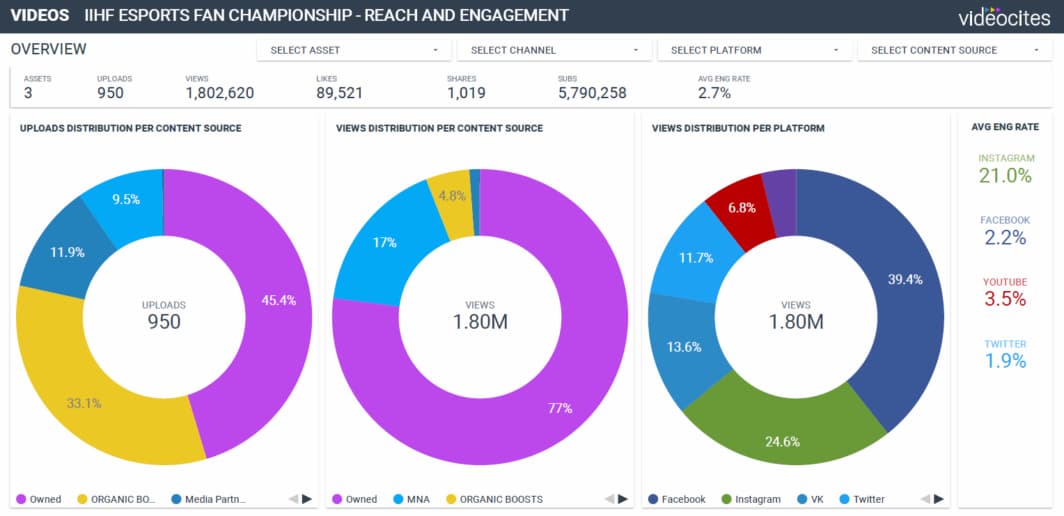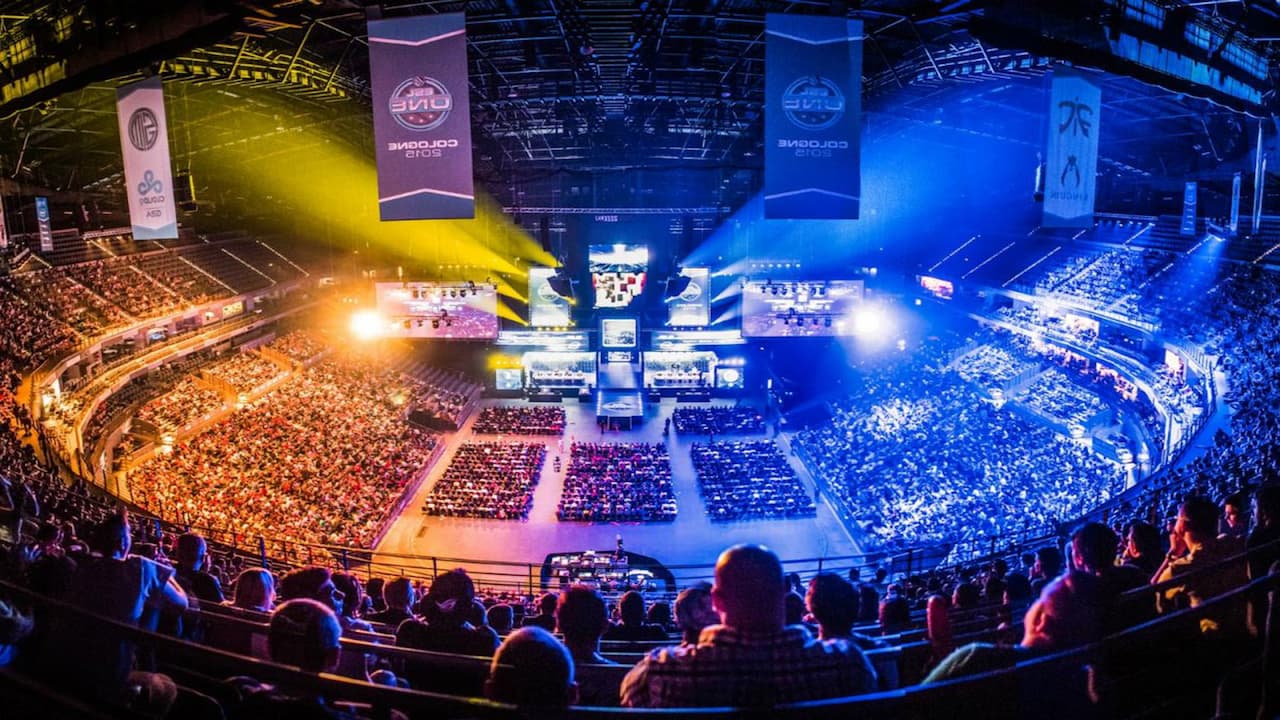The esports competitions market has expanded significantly in recent years compared to prior years. Although it’s easy to think that esports culture is similar to that of traditional sports, the reality is that it has evolved into a unique internal community and economy. Due to its unique position at the intersection of technology and sports entertainment, esports have only grown more popular with technological advancements.
Esports And It’s Scale
The esports industry has grown interestingly over time, both in terms of audience and revenue. Not just because those viewers were making money, but since the audience was expanding as well, it was the main contributor to the income rise. As they see the chance to engage with a huge and engaged audience, more businesses are making direct and indirect investments in esports marketing. The sector’s fast-paced revenue growth has slowed down due to COVID’s limits on significant public esports competitions. Esports has expanded into numerous other sub-disciplines, many of which are interconnected. The Newzoo 2021 Global Esports & Live Streaming Industry Report, which expands on their 2020 Global esports Review, looks at the most recent market trends and developments through 2024 for esports and live streaming.

How IT Technologies Could Improve The Esports?
Below is a list of important esports matches that have helped fuel the industry’s recent meteoric expansion.
· To watch esports, you must have high-definition graphics
The quality of a game’s visuals may make or break it in the realm of online gaming. Until recently, 3D graphics in video games were either of low resolution or basic, pixel-based sprites, which had a very simple appearance. The visual of older video games might be very different from that of more modern ones.
· Dream Face Revelation
But as technology has developed, computer game visuals have reached an entirely new level. These days, textures and models can have highly intricate motion and high resolution. Because of the realistic visuals in today’s games, it might be difficult to distinguish between them and real-world gaming. For instance, it’s simple to think someone watching a FIFA game is actually witnessing a genuine soccer match.
Improved visuals, which make games easier to observe and understand, are a key component of spectator games. For both participants in and viewers of major esports, such as Dota 2 and Apex Legends, technological breakthroughs in visuals are crucial.
· Access to esports games is increased by faster internet connections
The availability of high-speed internet is another element that has accelerated the development of the esports business. Fast connectivity has improved the performance of competitive multiplayer games like Halo and Counter-Strike: Global Offensive, improving the overall experience. Esports-specific internet connectivity improvements have been made due to the rollout of 5G networks. Thanks to improved internet standards, mobile esports may now compete with those on consoles and PCs.
A simple internet connection in the late 1990s and early 2000s was insufficient for gaming. For instance, dial-up modem users who played World of Warcraft would have substantial latency, making the game challenging. However, the game runs more smoothly with a quicker internet connection.
· Esports that use virtual and augmented reality may be the future
Gaming required a more advanced internet connection in the late 1990s and early 2000s. For example, players of World of Warcraft would experience substantial slowness while utilizing dial-up modems, making it difficult to play. The game runs more smoothly, though, with a better internet connection.
Augmented reality may be used in virtual reality games with computer-generated avatars to interact with the actual environment. Playing games that make advantage of augmented reality can result in a more immersive experience. Because of AR and VR, people’s video game-playing habits are radically shifting. VR esports is only getting started, but interest in them is huge and only increasing.
They help to create a dynamic environment during esports competitions, enhancing the player’s sensation of presence. It creates a virtual realm where esports participants might lose themselves. The present generation is just beginning to use technology. VR and AR gaming systems may one day be as popular as conventional game platforms.
Conclusion
The esports sector has attracted the attention of several firms as a result of its rising commercialization. With the aid of tech firms like Weaver, who provided esports fans with new ways to watch by utilizing AI, 8K, VR, AR, and other technologies.
The introduction of streaming and improved connectivity, among other technical developments, have had a substantial impact on the expansion of the company. But investment from companies has also contributed to the expansion of competitive gaming. As a result of partnerships with esports tournament organizers and the addition of their games to sportsbooks, several of the largest online gambling sites now allow players to participate against their favorite teams. Innovations and technological advancements will continue. Thanks to technology, esports will continue to improve, whether it’s through new services, improved game mechanics, visuals, or whatever amazing advancement comes next.

Comments are closed